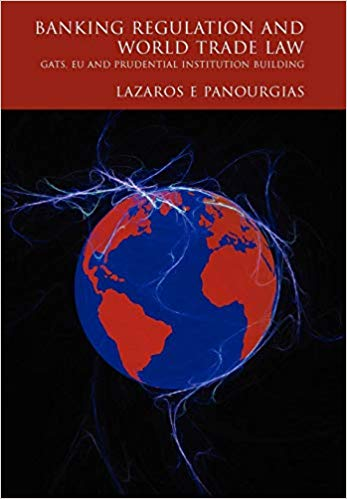
This book covers the legal aspects of international trade in financial services, with a focus on the possible conflicts between international trade liberalisation norms and banking regulation. The relevant legal foundations at the regional (European Union, EU) and multilateral level (General Agreement on Trade in Services, GATS) are examined and compared. The focus is on the banking sector, due to its special rationale for public regulation and in particular due to systemic risk considerations. The analysis is primarily concerned with the balancing of international trade and banking regulation, and the level at which this should be undertaken. In its examination of the EU and WTO systems, the work brings together the fields of international trade law and banking regulation and contemplates the notion of international financial law as a distinct field.;It builds on the rich European legal scholarship regarding institutional issues of banking regulation and the US interdisciplinary approach to world trade law. The book will be of interest to those in the world of financial services and should help financial services law practice and business make more sense of the norm-making frameworks that affect their work and influence the future of this complex field. At the same time it will contribute to scholars' and policymakers' thinking about international structures and their management.